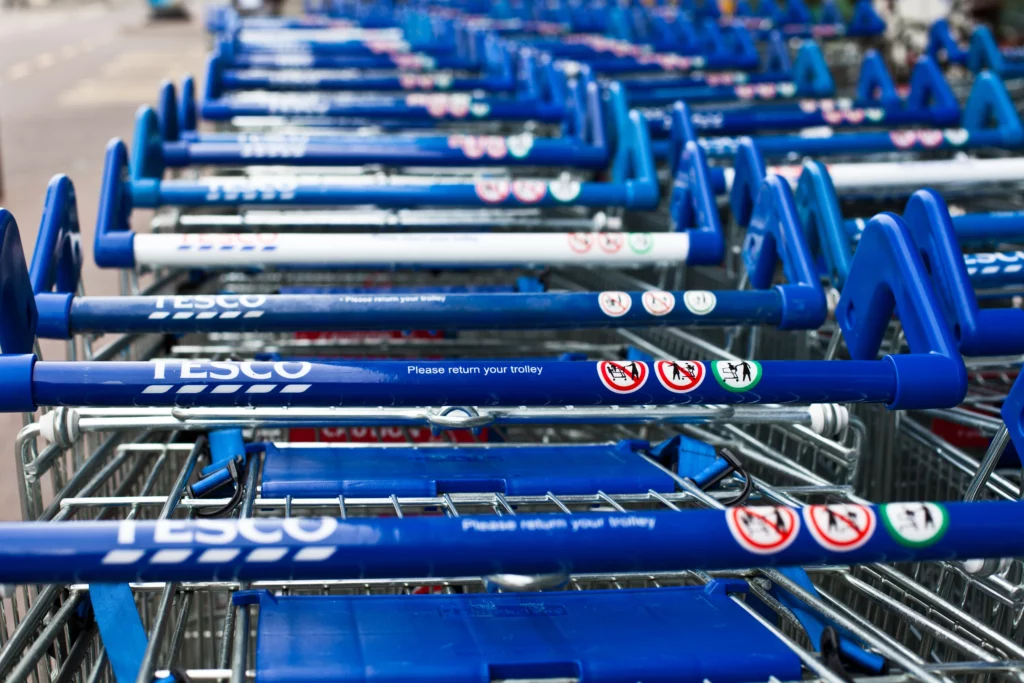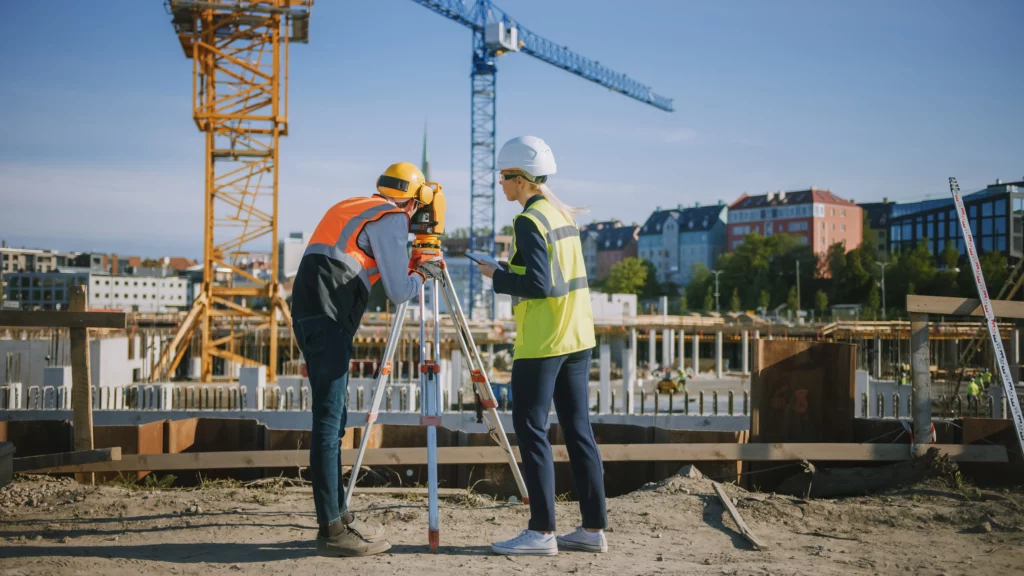Part 4
Please read the previous 3 parts of this blog series before continuing to get the most out of our Health and Safety in Construction series.
What is a Construction Phase Plan?
The Construction Phase Plan, also referred to as a CPP, is a construction safety document that sets out the health and safety management arrangements for a construction project and must include specific measures on how significant risks associated with the project are to be managed; this is a statutory requirement under The Construction (Design and Management) Regulations 2015.
The CPP must be suitably developed prior to the mobilisation /commencement of construction works and must be reviewed, updated and revised on a regular basis to remain current, and to reflect the rapidly changing nature of the project.
Who develops the CDM Construction Phase Plan?
Contractors and subcontractors health and safety responsibilities include managing construction work, under the CDM Regulations where they’ll have a statutory duty to develop the CDM Construction Phase Plan. This is the case for every construction project, regardless of the cost, programme, number of contractors or the number of workers on site; a Construction Phase Plan must always be developed prior to the project commencing.
The Regulations specifically state that if a project has only one Contractor, then it is the Contractor who develops the CPP, if there happens to be more than one Contractor involved, then it’s always the Principal Contractor who develops the CPP during the pre-construction phase (developed from pre-construction information)
What must be detailed within the CPP?

The CPP must record the arrangements for managing the significant health and safety risks associated with the construction phase of a project. It is the basis for communicating these arrangements to all those involved in the construction phase, so it should be easy to understand and as simple as possible.
Note: the details contained within the CPP make up the safety critical information that must be presented through the Project Safety Induction.
In considering what information is included, it is important to ensure the following:
- The safety information is relevant to the project
- There sufficient detail to clearly set out the project safety arrangements, site rules and special measures needed to manage the construction phase but is still proportionate to the scale and complexity of the project and the risks involved.
The Construction Phase Plan should contain the following information, the amount of detail is determined by the scope and scale of works being undertaken:
- Project directory (CDM duty holders/emergency contacts)
- Directory of all parties involved in the project (including safety critical appointments)
- General scope of works being undertaken
- Health and safety goals and objectives (KPIs)
- Any restrictions imposed on the works (environmental/access & egress/noise etc)
- Logistical Activities – inc. management of vehicle movements/delivery procedures/welfare arrangements
- Waste procedures/environmental protection/considerations
- Emergency procedures
- Accident reporting
- Fire risk assessment/fire plan
- Temporary works procedure (competent persons)
- RAMS – compilation and approving
- Security arrangements
- Personal protective equipment required
- Induction training/toolbox talks
- Site rules
- Smoking
- PPE compliance
- Traffic management
- Hazard/near miss reporting
- Mobile devices
- Misconduct procedures
- Monitoring Procedures:
- Pro-active and re-active monitoring
- Consultation Procedures
- Safety meetings/design meetings etc
- Selection procedures (contractors – if applicable)
- Permit Procedures
- Details of any permit requirements (hot works/permit to enter/permit to dig etc)
- Health and safety breaches (yellow card/red card)
- Statutory Inspections (scaffolding/excavations/fire/lifting/electrical etc)
Further guidance can be found on the HSE Website – CDM 2015 – Construction Phase Plan (hse.gov.uk)
Once the CPP has been compiled it should be submitted to the Client (commercial projects only) for approval, prior to mobilisation to the site.
Once mobilised the CPP must be made available to all Contractor’s working on the project, in addition, it must be updated to ensure that it remains current with the works being conducted on-site. Once the works have been completed, a copy of the CPP should be archived by the Author for a period of at least 3 years, or longer depending on the scope of works.

Points to remember
- All construction projects must have a site-specific CPP in place
- Note: definition of construction can be found in Regulation 2 of CDM 2015 – Managing health and safety in construction. Construction (Design and Management) Regulations 2015. Guidance on regulations L153 (hse.gov.uk)
- If there is only one Contractor on site, it is the responsibility of the Contractor to compile a CPP
- If there are multiple Contractors on site it is the responsibility of the Principal Contractor to compile the CPP
- The detail contained within the CPP should be proportionate to the scale and complexity of the project and the risks involved.
The full series covering CDM Compliance
References Used:






































































